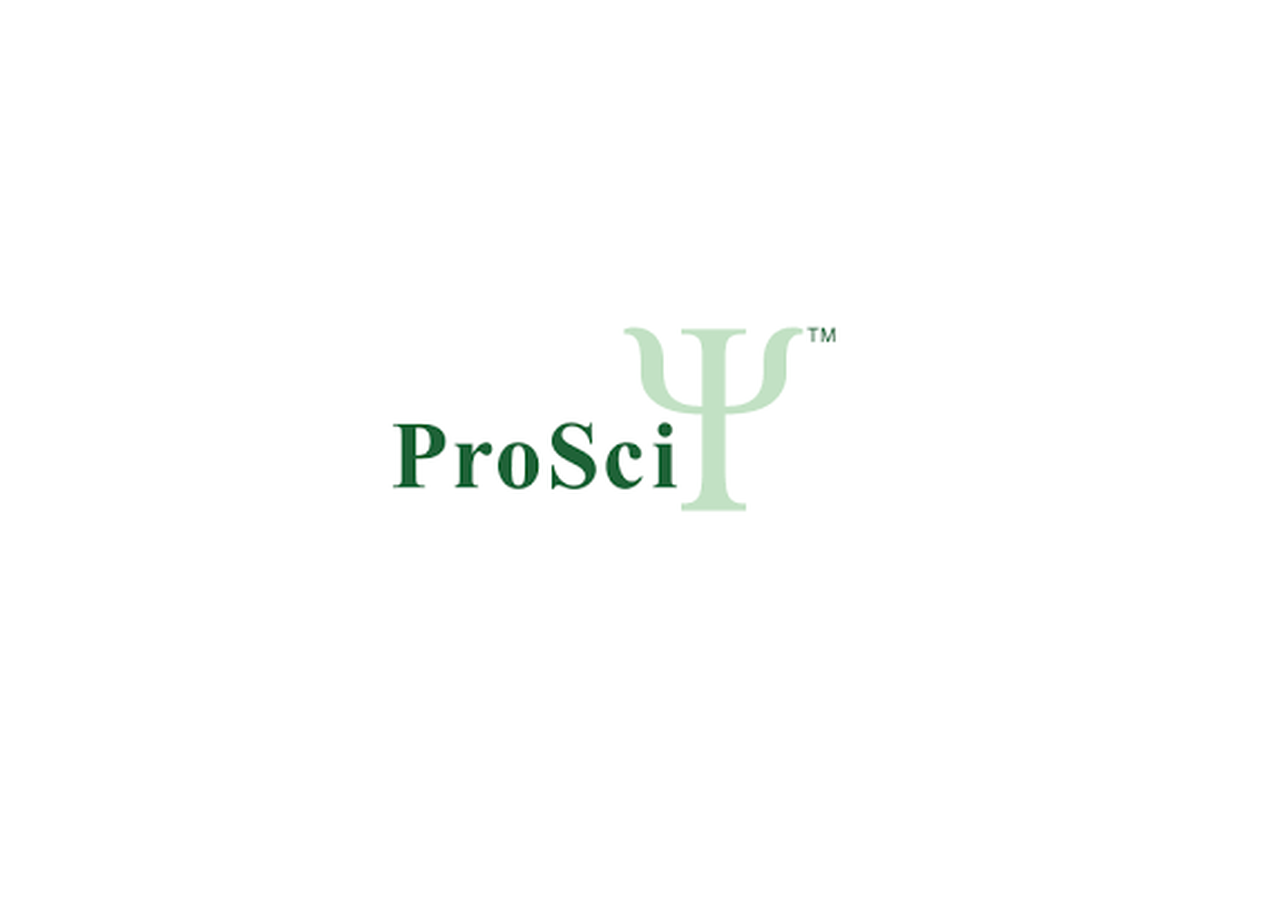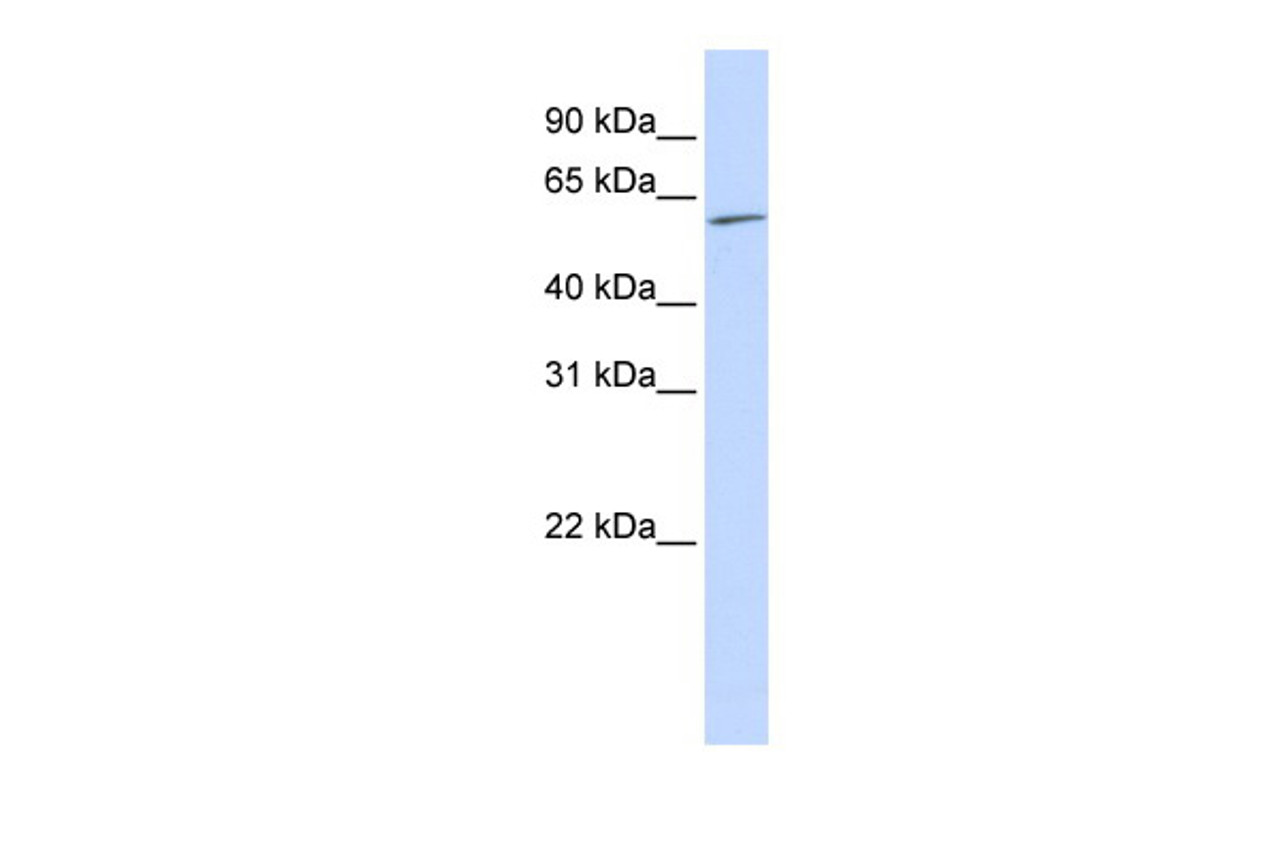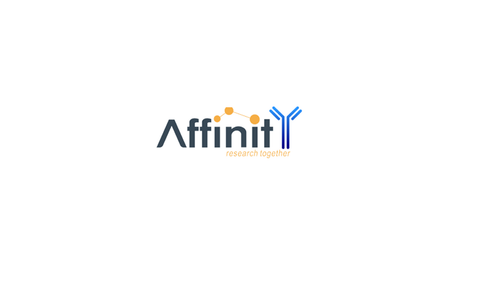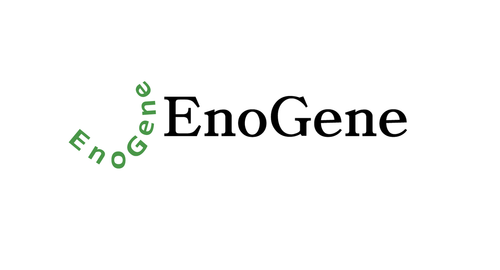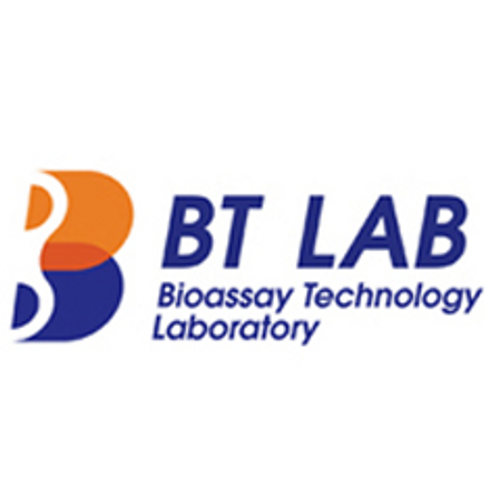Product Description
NR2C1 Antibody | 25-421 | ProSci
Host: Rabbit
Reactivity: Human, Mouse, Rat
Homology: N/A
Immunogen: Antibody produced in rabbits immunized with a synthetic peptide corresponding a region of human NR2C1.
Research Area: Transcription, Cancer
Tested Application: E, WB
Application: NR2C1 antibody can be used for detection of NR2C1 by ELISA at 1:312500. NR2C1 antibody can be used for detection of NR2C1 by western blot at 1 μg/mL, and HRP conjugated secondary antibody should be diluted 1:50, 000 - 100, 000.
Specificiy: N/A
Positive Control 1: 721_B Cell Lysate
Positive Control 2: N/A
Positive Control 3: N/A
Positive Control 4: N/A
Positive Control 5: N/A
Positive Control 6: N/A
Molecular Weight: 51 kDa
Validation: N/A
Isoform: N/A
Purification: Antibody is purified by peptide affinity chromatography method.
Clonality: Polyclonal
Clone: N/A
Isotype: N/A
Conjugate: Unconjugated
Physical State: Liquid
Buffer: Purified antibody supplied in 1x PBS buffer with 0.09% (w/v) sodium azide and 2% sucrose.
Concentration: batch dependent
Storage Condition: For short periods of storage (days) store at 4˚C. For longer periods of storage, store NR2C1 antibody at -20˚C. As with any antibody avoid repeat freeze-thaw cycles.
Alternate Name: NR2C1, TR2, TR2-11
User Note: Optimal dilutions for each application to be determined by the researcher.
BACKGROUND: The nuclear orphan receptors NR2C1 represses transcription and binds DNA as a homodimer. NR2C1 binds the IR7 element in the promoter of its own gene in an autoregulatory negative feedback mechanism. NR2C1 may function as a negative modulator to suppress androgen receptor function in prostate cancer. NR2C1 may exert an important repressor in regulating ER activity in mammary glands. The nuclear orphan receptors TR2 (NR2C1) and TR4 form a heterodimer that binds to the epsilon and gamma globin promoter DR1 sites This gene encodes a nuclear hormone receptor characterized by a highly conserved DNA binding domain (DBD) , a variable hinge region, and a carboxy-terminal ligand binding domain (LBD) that is typical for all members of the steroid/thyroid hormone receptor superfamily. This protein also belongs to a large family of ligand-inducible transcription factors that regulate gene expression by binding to specific DNA sequences within promoters of target genes. Multiple alternatively spliced transcript variants have been described, but the full-length nature of some of these variants has not been determined.
 Euro
Euro
 USD
USD
 British Pound
British Pound
 NULL
NULL

